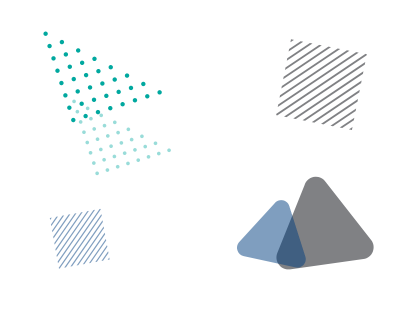Qu'est-ce qu'une mémoire de traduction ?
Une mémoire de traduction est une base de données qui enregistre les phrases, paragraphes ou segments de texte qui ont déjà été traduits auparavant. Chaque entrée, ou segment, de la mémoire de traduction comprend le texte en langue d'origine, connu sous le nom de « texte source » et sa traduction, connue sous le nom de « texte cible ». Ces paires sont appelées Unités de traduction ou « UT ».

En savoir plus sur la mémoire de traduction
Comment les mémoires de traduction fonctionnent-elles ?
Les mémoires de traduction sont indissociables des logiciels de traduction assistée par ordinateur. Lorsque vous ouvrez un document à traduire (fichier source) dans l'outil de TAO, la mémoire de traduction analyse le contenu pour savoir s'il a déjà été traduit. La correspondance entre le segment source et le segment cible est exprimée en pourcentages : les correspondances à 100 % sont identiques, et tout élément dont le pourcentage est inférieur (similaire, mais non exact) est appelé « correspondance partielle ».
Quels sont les avantages des mémoires de traduction ?
L'utilisation de mémoires de traduction permet aux linguistes de ne pas avoir à traduire le même contenu plusieurs fois : plus vous traduisez, plus vos mémoires de traduction sont volumineuses et plus vous avez de ressources à exploiter. Les mémoires de traduction vous permettent :
- De réduire vos délais de commercialisation : ainsi, les traducteurs peuvent consacrer leur temps à la traduction de nouveaux contenus plutôt qu'à la traduction de l'intégralité du fichier. À terme, votre processus de traduction n'en est que plus rapide.
- D'améliorer la qualité de votre travail : exploitez les segments déjà traduits pour améliorer la cohérence de votre document et de vos projets. Si toutes les parties prenantes travaillant avec la même mémoire de traduction (par exemple, dans différents services), vous pouvez assurer la cohérence globale.
- De réduire le coût de la traduction : la réutilisation de contenus déjà traduits permet également de réduire les coûts associés. En règle générale, le tarif au mot de l'exploitation des données d'une MT est moins élevé que le tarif au mot de la traduction de nouveau contenu.
Quelle est la différence entre la mémoire de traduction et la traduction automatique ?
Les mémoires de traduction sont créées par un traducteur professionnel et réutilisent le contenu qui a précédemment été traduit afin d'améliorer la rapidité, la qualité et la cohérence des futures traductions. La traduction automatique (« TA ») traduit automatiquement le texte sans intervention humaine. Les outils de traduction automatique utilisés sont rapides, mais leurs résultats peuvent souvent être moins qualitatifs, car les machines ne comprennent pas les subtilités ou les contextes linguistiques. Par conséquent, les résultats ne sont pas aussi précis et de bonne qualité qu'une traduction effectuée par une personne.
Cependant, la traduction automatique a des avantages, surtout lorsqu'elle est utilisée en même temps qu'une mémoire de traduction pour augmenter la vitesse globale d'une traduction.




